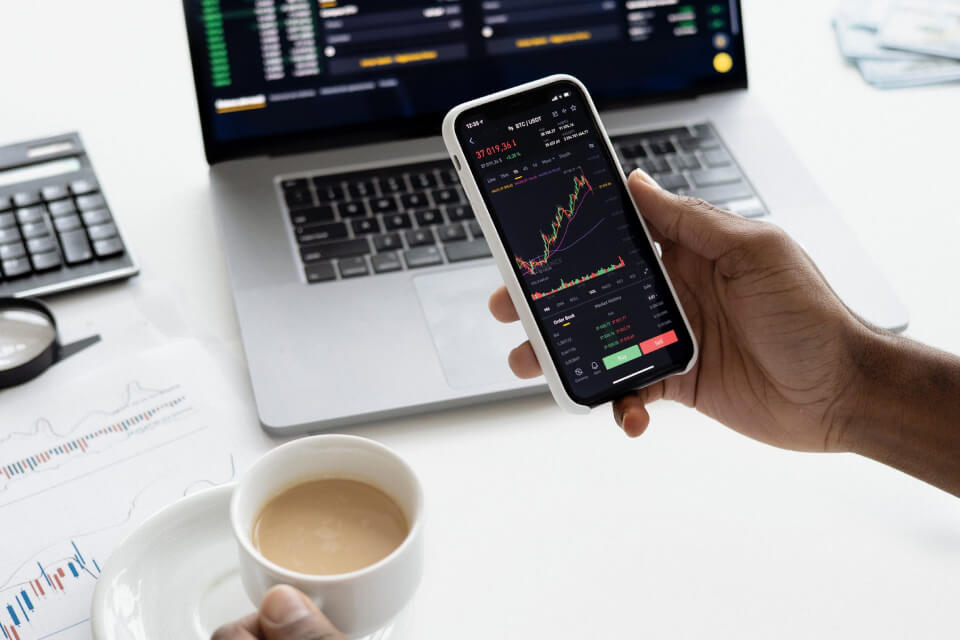The stock market is a complex and fascinating world full of surprising mechanisms and historical events. While many people know the basics of buying and selling stocks, there are numerous lesser-known aspects that even seasoned investors might find astonishing. Here are 15 unbelievable things you never knew about the stock market:
1. The “January Effect”
The January Effect is a perceived seasonal increase in stock prices during the month of January. This phenomenon is thought to occur because investors sell stocks in December to create tax losses to offset capital gains, causing prices to drop. In January, they buy back these stocks, driving prices up again.
2. The “Santa Claus Rally”
The Santa Claus Rally refers to the tendency for the stock market to perform well in the last week of December through the first two trading days in January. While not guaranteed, this phenomenon has been observed historically and is attributed to increased holiday optimism and year-end bonuses being invested.
3. The Super Bowl Indicator
According to the Super Bowl Indicator, if a team from the old American Football League wins the Super Bowl, the stock market will decline in the coming year. Conversely, if a team from the old National Football League wins, the market will go up. While purely coincidental and not based on financial principles, this indicator has a surprisingly accurate historical track record.
4. The “Odd Lot Theory”
The Odd Lot Theory is based on the belief that small investors, who often buy stocks in odd lots (less than 100 shares), are usually wrong about the market’s direction. Therefore, some traders use the behavior of odd lot transactions as a contrarian indicator, betting against the small investors’ actions.
5. Trading Curbs or “Circuit Breakers”
Circuit breakers are mechanisms implemented to prevent panic-selling during massive market declines. When the market falls by a certain percentage within a short period, trading is temporarily halted to allow investors to absorb information and make more rational decisions. These were notably used during the 1987 Black Monday crash and more recently in March 2020.
6. The “Dogs of the Dow” Strategy
The “Dogs of the Dow” is an investment strategy that involves buying the ten highest dividend-yielding stocks in the Dow Jones Industrial Average at the beginning of each year. The idea is that these “dogs” are temporarily undervalued and will outperform the overall market as their stock prices recover.
7. The Plunge Protection Team
Formally known as the President’s Working Group on Financial Markets, the Plunge Protection Team is a group created by the U.S. government to stabilize financial markets during times of extreme volatility. Established after the 1987 stock market crash, its existence fuels numerous conspiracy theories about government intervention in the markets.
8. Flash Trading
Flash trading involves the use of high-frequency trading algorithms to execute trades in milliseconds, often based on minute price discrepancies. While profitable for firms that can afford the technology, flash trading has been criticized for contributing to market volatility and creating an unfair playing field.
9. The Tulip Mania
One of the first recorded speculative bubbles, the Dutch Tulip Mania of the 1630s saw the prices of tulip bulbs soar to extraordinary levels before crashing. At its peak, a single tulip bulb could cost more than a house. The event is often cited as a cautionary tale about the dangers of speculative investing.
10. The “Greater Fool Theory”
The Greater Fool Theory posits that one can make money by buying overvalued assets because there will always be a “greater fool” willing to pay an even higher price. This theory highlights the risks of speculative bubbles, where prices are driven more by investor behavior than intrinsic value.
11. The VIX – Volatility Index
The Volatility Index (VIX), also known as the “fear gauge,” measures market expectations of near-term volatility. A high VIX indicates significant investor fear and uncertainty, often coinciding with market downturns, while a low VIX suggests complacency and stability.
12. The “Dead Cat Bounce”
The term “dead cat bounce” describes a temporary recovery in a declining market, often seen as a false signal that the downturn is over. The phrase implies that even a dead cat will bounce if it falls from a great height, indicating that the recovery is not sustainable.
13. Dark Pools
Dark pools are private financial exchanges where investors can trade stocks without revealing their identities or the details of their trades until after the transactions are completed. While dark pools provide anonymity and reduced market impact, they also lack transparency, raising concerns about fairness and market manipulation.
14. The “Quiet Period”
The quiet period is a mandated time frame before and after a company’s initial public offering (IPO) during which the company and its underwriters cannot release new information about the company. This is to ensure that all investors have access to the same information and to prevent market manipulation.
15. The Stock Market’s Role in Predicting Elections
Historical data suggests that stock market performance in the months leading up to a U.S. presidential election can predict the outcome. If the market is up, the incumbent party is likely to win; if the market is down, the challenger is likely to prevail. While not a foolproof predictor, this trend has been remarkably consistent.
Conclusion
The stock market is full of intriguing mechanisms and events that go beyond the basics of buying and selling shares. Understanding these lesser-known aspects can provide a deeper insight into market behavior and enhance your investment strategies. Whether you’re a seasoned investor or just starting out, these unbelievable facts highlight the complexity and fascination of the stock market.



